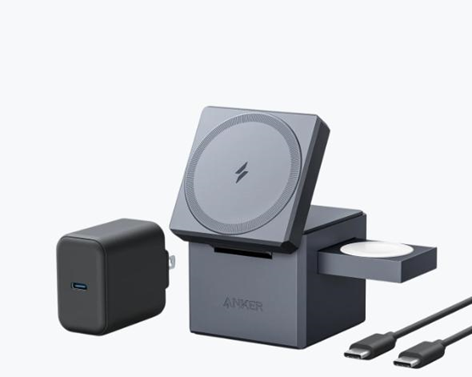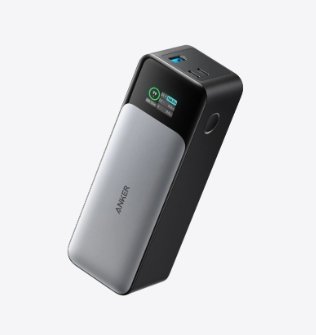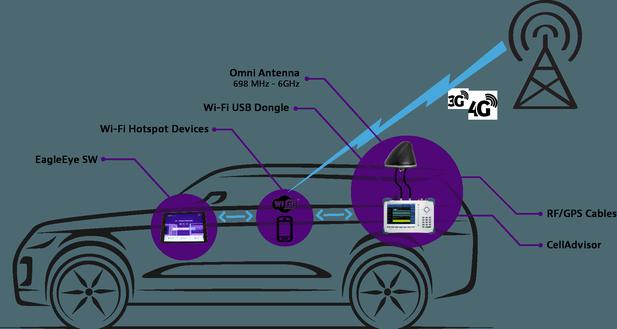Virtual circuit
Introduction
A virtual circuit is a link between two or more end stations on a packet-switched network. It provides temporary or dedicated connection-oriented sessions between two endpoints. Defining a path in advance can improve performance and eliminate the need for headers for frames and packets, thereby increasing throughput. From a technical point of view, the physical path of the packet switching network can be changed to avoid congestion and failure of the line, but the two end systems must maintain a connection and change the path description as needed.
1. Use an RTT time to establish a virtual channel.
2. If the exchange fails, the connection must be re-established.
3. Channel congestion can be avoided in advance by the following methods: allocating buffers for each virtual channel; access control; charging for each connection.
Influencing factors
Virtual circuit communication is similar to circuit switching. Both are connection-oriented, that is, data is sent in the correct order, and additional overhead is required during the connection establishment phase. However, circuit switching provides stable bit rate and delay time, while the bit rate and delay time of virtual circuit services depend on the following factors:
1. The length of the packet queue on the network node;
2. The bit rate of the data generated by the application;
3. When using statistical multiplexing technology, the load of other users sharing the same network resource;
4. Many virtual circuit protocols provide reliable communication services through data retransmission, including error detection and correction and automatic repeat request (ARQ).

Advantages
Virtual circuit is a point-to-point communication link between two terminal stations on a switched network (ATM, Frame Relay, IP or Internet). The design of the virtual circuit is to simulate the characteristics of the physical circuit on the switching network. The analog telephone line between the home and the central office of the telephone company is an example of a physical circuit. It is a physical line dedicated to a single call, no one else uses it, and bandwidth is not shared. When the virtual circuit is used for transmission, the physical medium is understood to be composed of multiple sub-channels (called logical channels LC). The series connection of the sub-channels forms a virtual circuit (VC), and different virtual circuits are used to support different user data. Transmission.
Characteristics of virtual circuit:
(1) Before each packet is sent, a logical connection must be established between the sender and the receiver. This is because there is no need to actually establish a physical link, the physical link connecting the sender and receiver already exists;
(2) All packets in a communication are transmitted sequentially through this virtual circuit. Therefore, the packet does not need to carry auxiliary information such as destination address and source address. When the packet arrives at the destination node, there will be no loss, repetition and disorder;
(3) When the packet passes through each node on the virtual circuit, the node only needs to perform error detection instead of Need to make path selection;
(4) Each node in the communication subnet can establish multiple virtual circuit connections with any node.
Classification
Permanent Virtual Circuit (PVC, Permanent Virtual Circuit) is a pre-defined connection between endpoint sites that basically does not require any establishment time. In public-long-distance telecommunications services, such as asynchronous transfer mode (ATM) or frame relay, customers have signed an endpoint contract with these telecommunications bureaus in advance, and if these customers need to reconfigure the endpoints of these PVCs, they must contact Contact the telecommunications bureau.
Switched virtual circuit (SVC) is a temporary connection between end stations. These connections only last for the required time, and the connection is cancelled when the session ends. The virtual circuit must be established before data transmission. Some telecommunications bureaus provide packet switching services that allow users to dynamically define SVCs according to their needs.
In the ATM environment, the logical connection between the endpoint sites is called a virtual channel (VC). A virtual path (VP) is a defined path for one or more VCs to reach the same destination through a hash network, although each VC can be connected to a different end system or application processing at this destination. Think of VP as a cable containing a bunch of wires. In this analogy, the cable connects two points to an independent circuit in the cable connection end system. Its advantage is that connections that share the same path across the network are organized together and use the same management functions. If a VP has been established, a new VC can be added easily, because at this time the work of defining the path through this network has been completed. In addition, if the network needs to change a path in order to avoid congested or failed lines, all VCs established for this VP are directed to this new path.
PVC is a traditional connection method in a frame relay environment, although SVC was supported to join this specification at the end of 1993. PVC has specific service characteristics. When the service is established with the provider, the PVC and the service characteristics listed here are defined. The service characteristics of this link: committed burst size, committed information rate, excess burst size, and frame size. They are defined during negotiation.
The contract message size (CBS) is the maximum amount of data (bitwise) that the network provider agrees to transmit in the normal network state within a time interval.
The contract information rate (CIR) is the transmission rate agreed by the network provider to transmit CBS contract data during the normal network state of a PVC.
The excess message size (EBS) is the maximum allowable amount of uncontracted data (bitwise) that exceeds the CBS, and the network will try to transmit them during a time interval. EBS data will be treated as discardable data by the network during network congestion.
The frame size is the volume of the frame that transmits customer data across the packet-switched network.
Latest: EMU auxiliary power supply system
Next: Expanded memory








